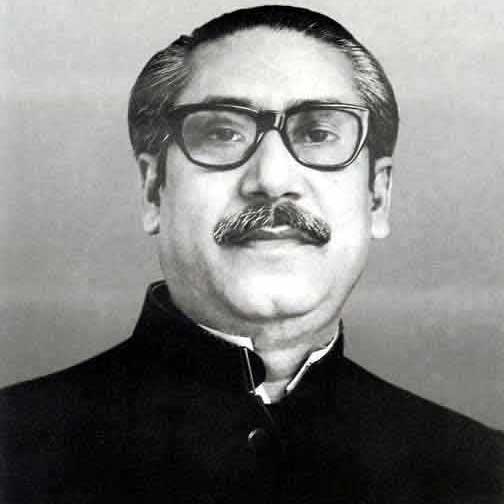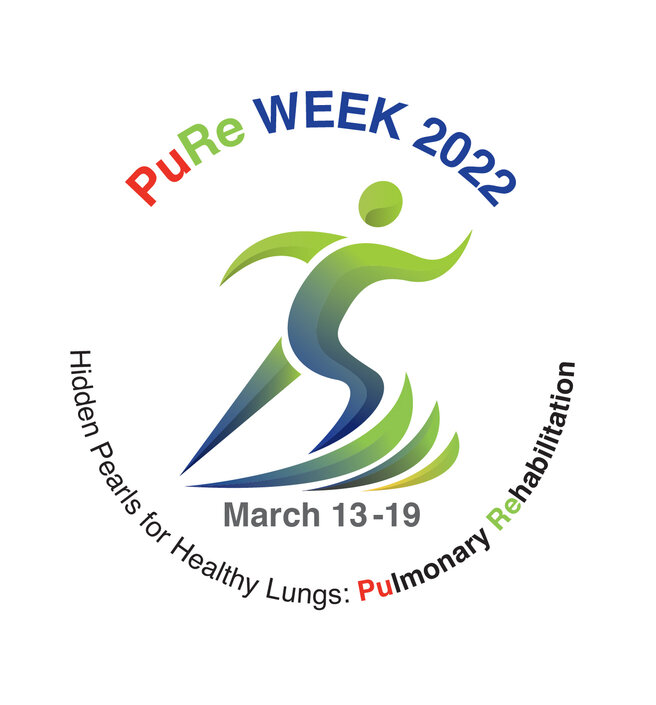What is ISWT?
The incremental shuttle walk test (ISWT) was developed to simulate a cardiopulmonary exercise test using a field walking test. The patient walks for as long as they can until they are either too breathless or can no longer keep up with the beeps, at which time the test ends. The number of shuttles is recorded.
A short process of ISWT:
- The patient is required to walk around two cones set 9 metres apart (so the final track is 10 metres) in time to a set of auditory beeps played on a CD.
- Initially, the walking speed is very slow, but each minute the required walking speed progressively increases.
- The patient walks for as long as they can until they are either too breathless or can no longer keep up with the beeps, at which time the test ends.
- The number of shuttles is recorded. Each shuttle represents a distance of ten metres (i.e each time the patient reaches a cone is 1 shuttle).
- The results of the ISWT can be used to prescribe the intensity of walking training.
Before the ISWT
- Instruct the patient to dress comfortably and to wear appropriate footwear.
- Any prescribed inhaled bronchodilator medication should be taken within one hour of testing or when the patient arrives for testing.
- The patient should rest for at least 15 minutes before beginning the ISWT.
- Record:
- Blood pressure.
- Heart rate.
- Oxygen saturation.
- Dyspnoea score
Ending the ISWT
The ISWT ends if any one of the following occurs:
- The patient is more than 0.5 m away from the cone when the beep sounds (allow one lap to catch up).
- The patient reports that they are too breathless to continue.
- The patient reaches 85% of predicted maximum heart rate (maximum heart rate = 210 – 0.65 x age)
- The patient exhibits any of the following signs and symptoms:
- Chest pain that is suspicious of / for angina.
- Evolving mental confusion or lack of coordination.
- Evolving light-headedness.
- Intolerable dyspnoea.
- Leg cramps or extreme leg muscle fatigue.
- Persistent SpO2 < 85%.
- Any other clinically warranted reason.
At the End of the ISWT
- Seat the patient or, if the patient prefers, allow to the patient to stand.
- Immediately record oxygen saturation (SpO2)%, heart rate and dyspnoea rating.
- Two minutes later, record SpO2% and heart rate to assess the recovery rate.
- Record the total number of shuttles.
- Record the reason for terminating the test. The patient can be asked:“What do you think stopped you from keeping up with the beeps?”
The patient should remain in a clinical area for at least 15 minutes following an uncomplicated test.


